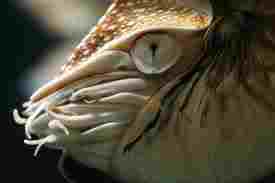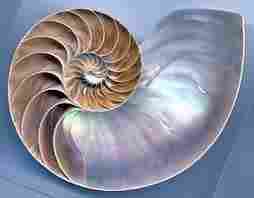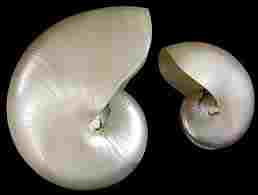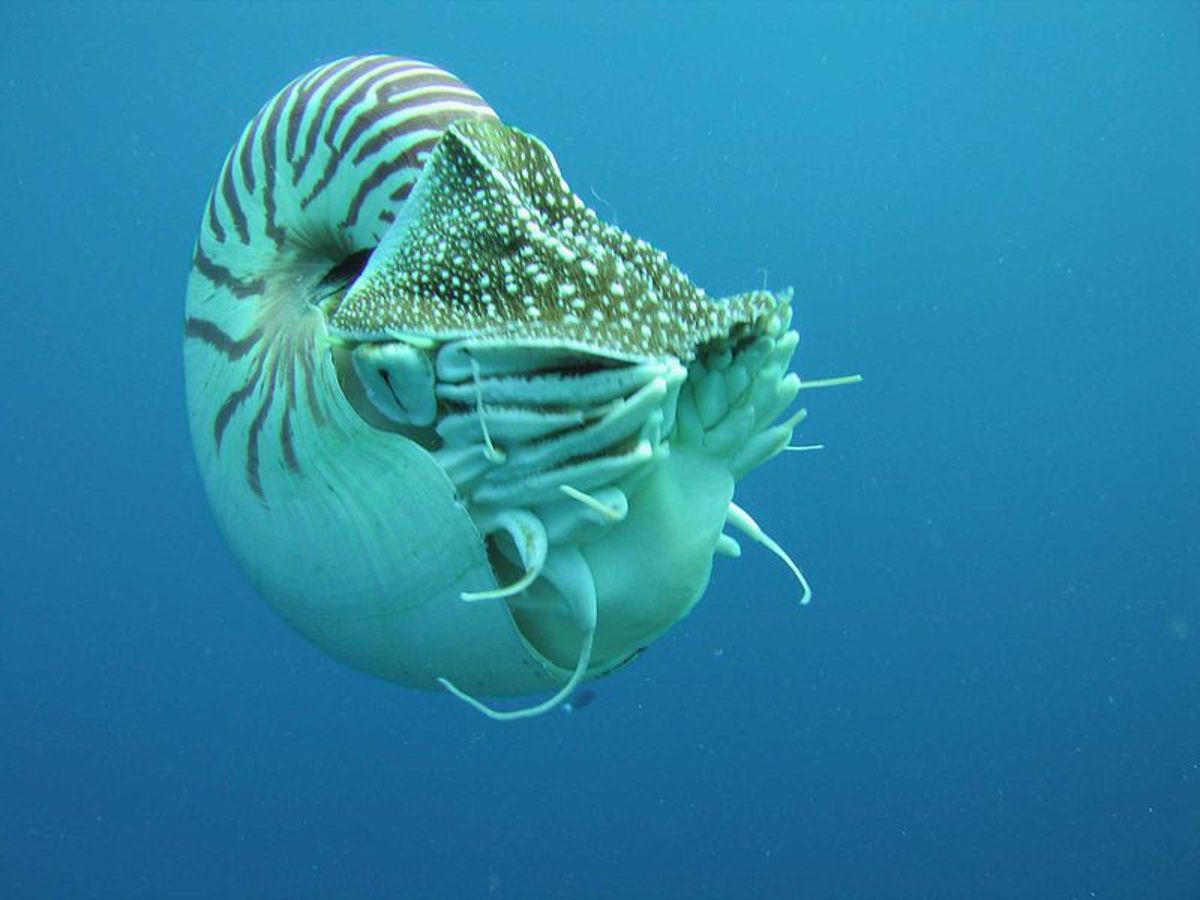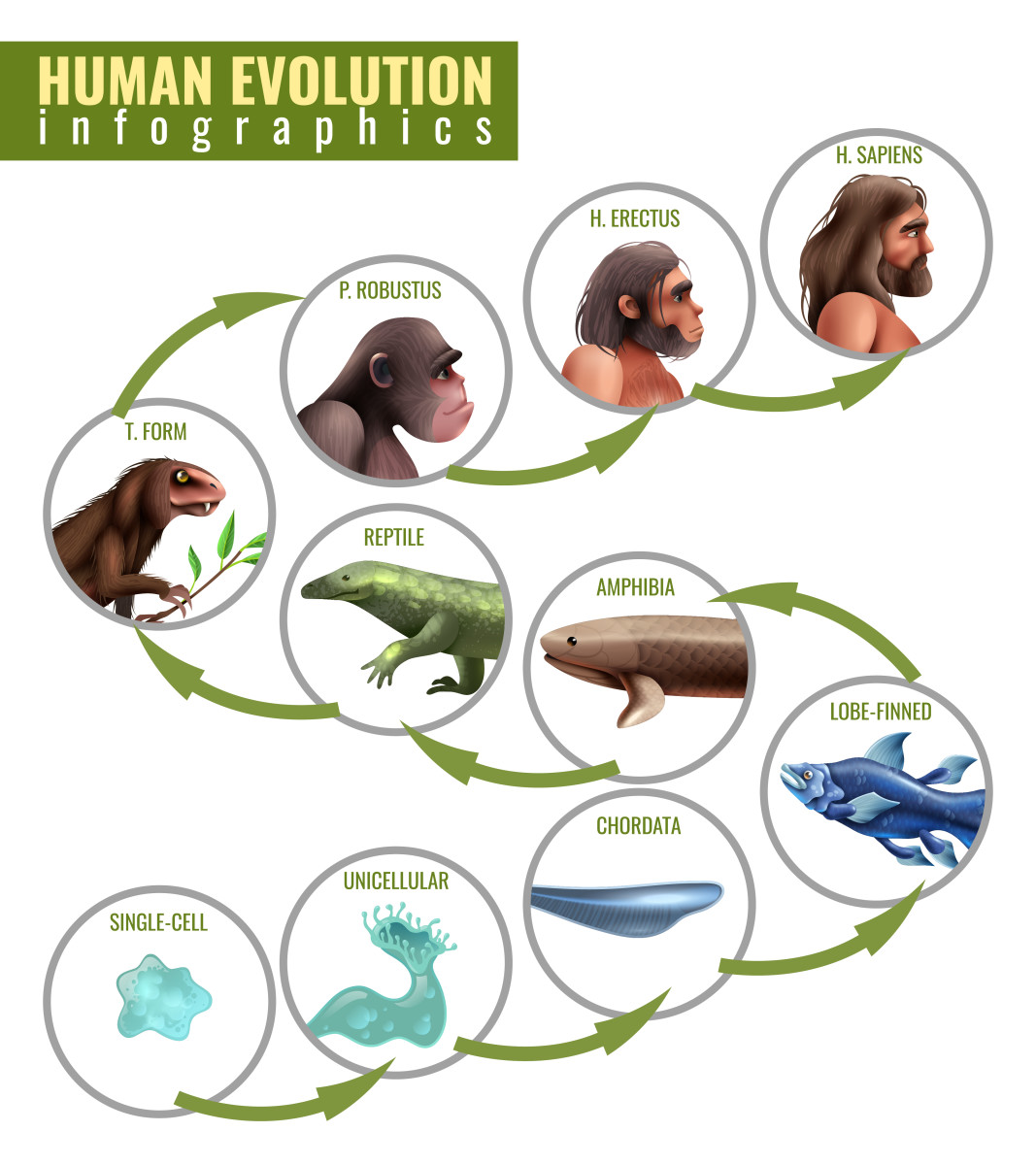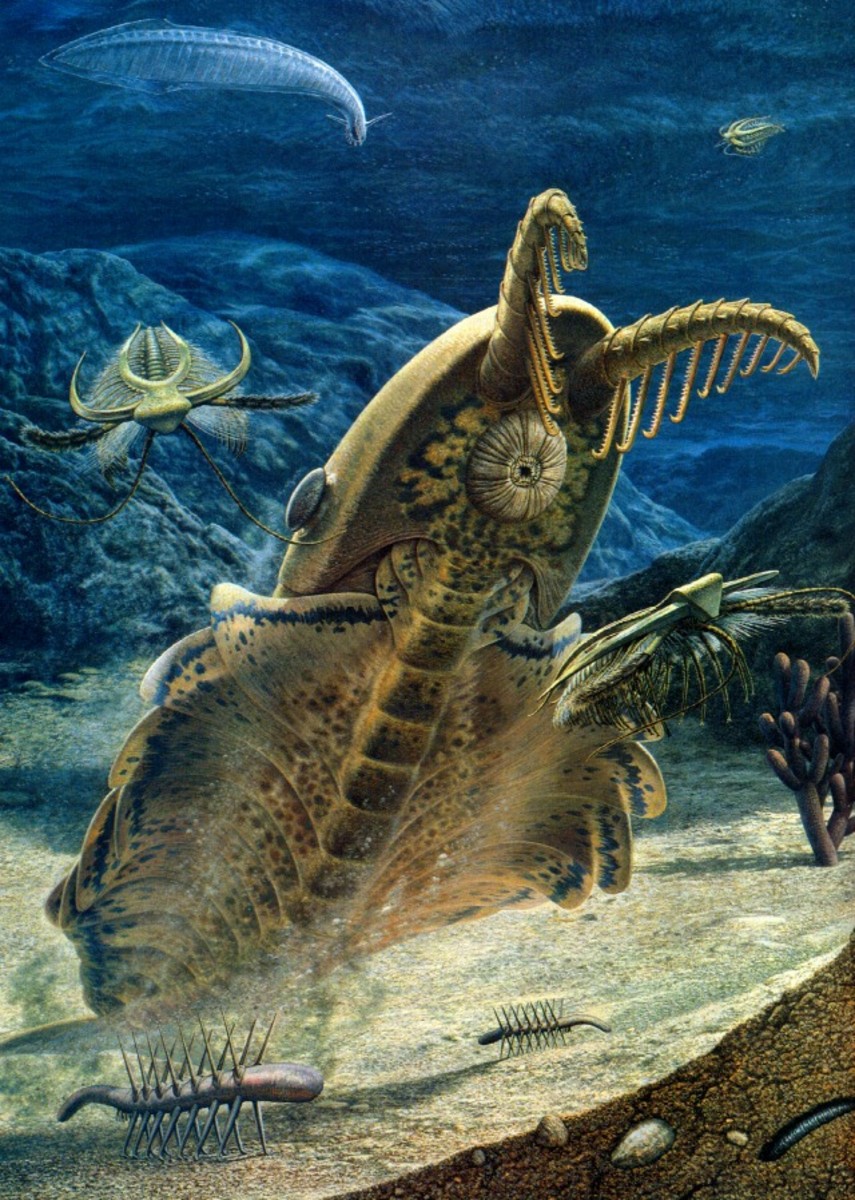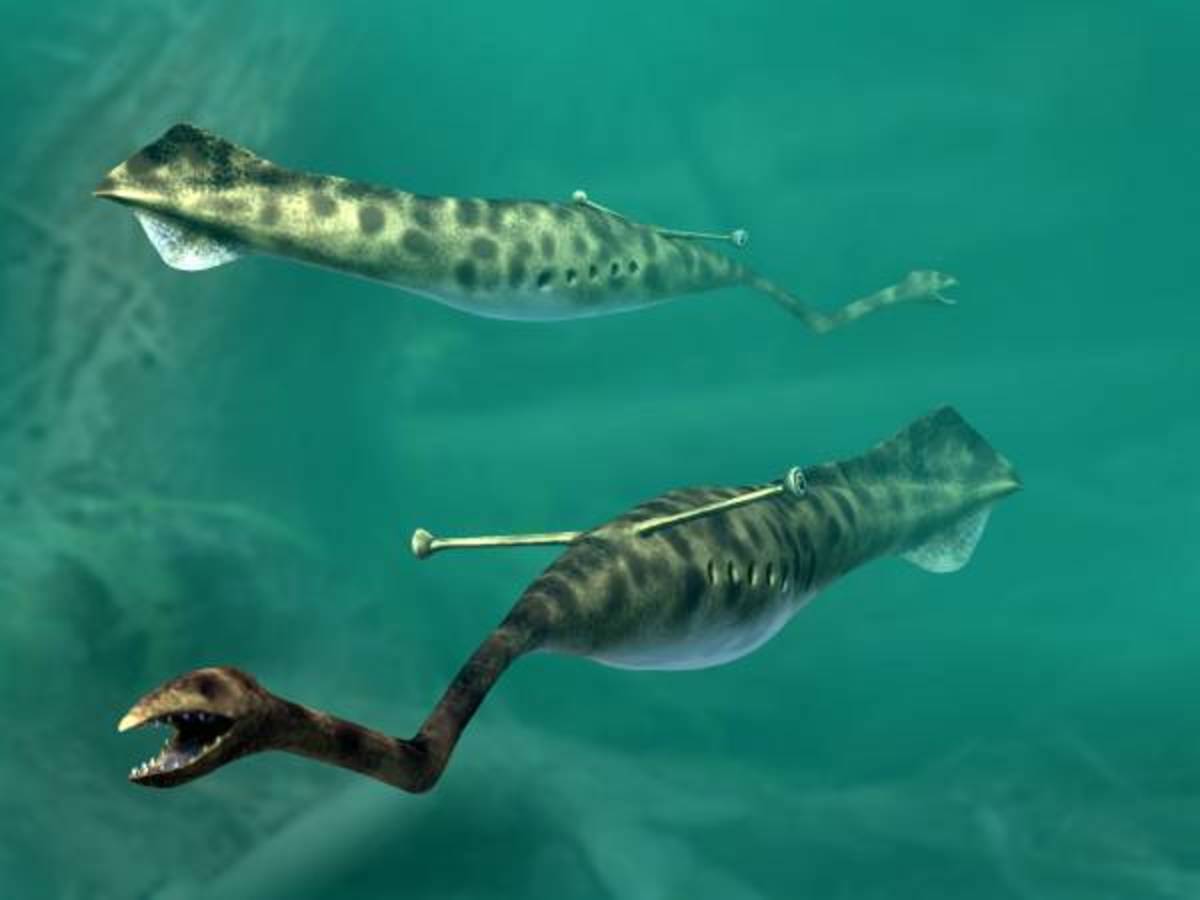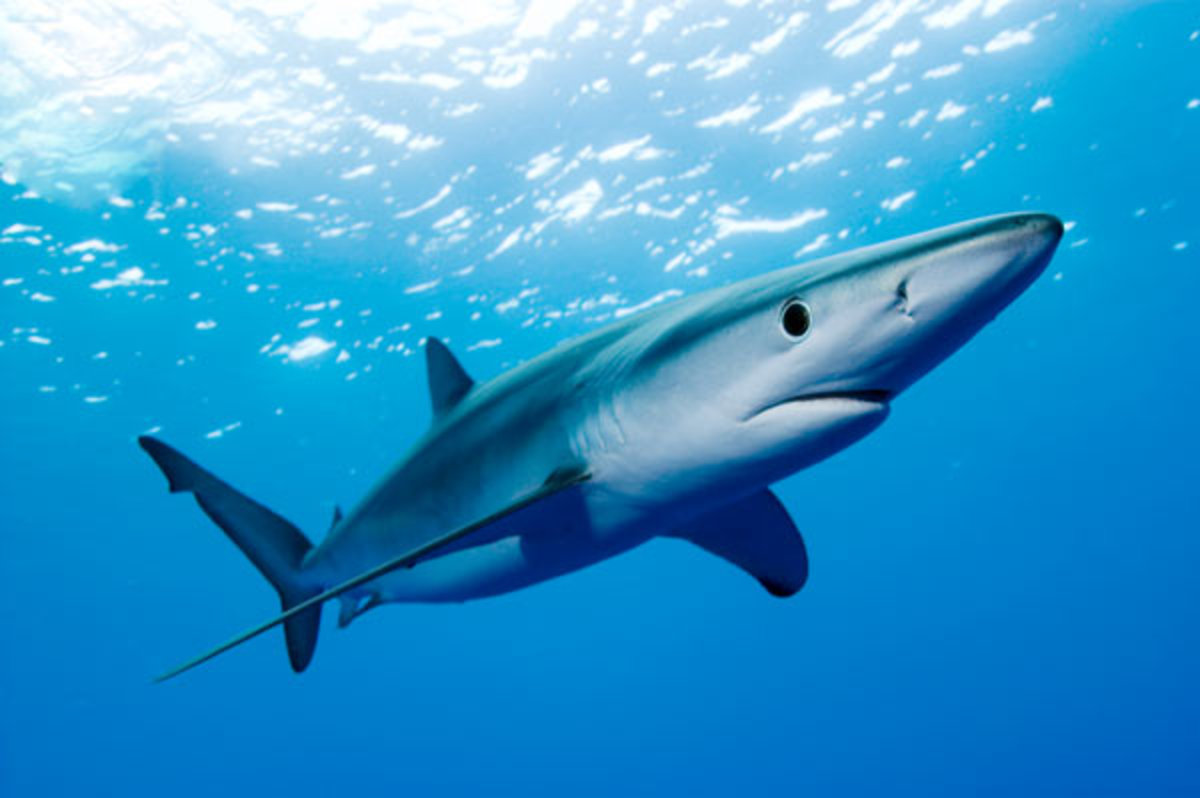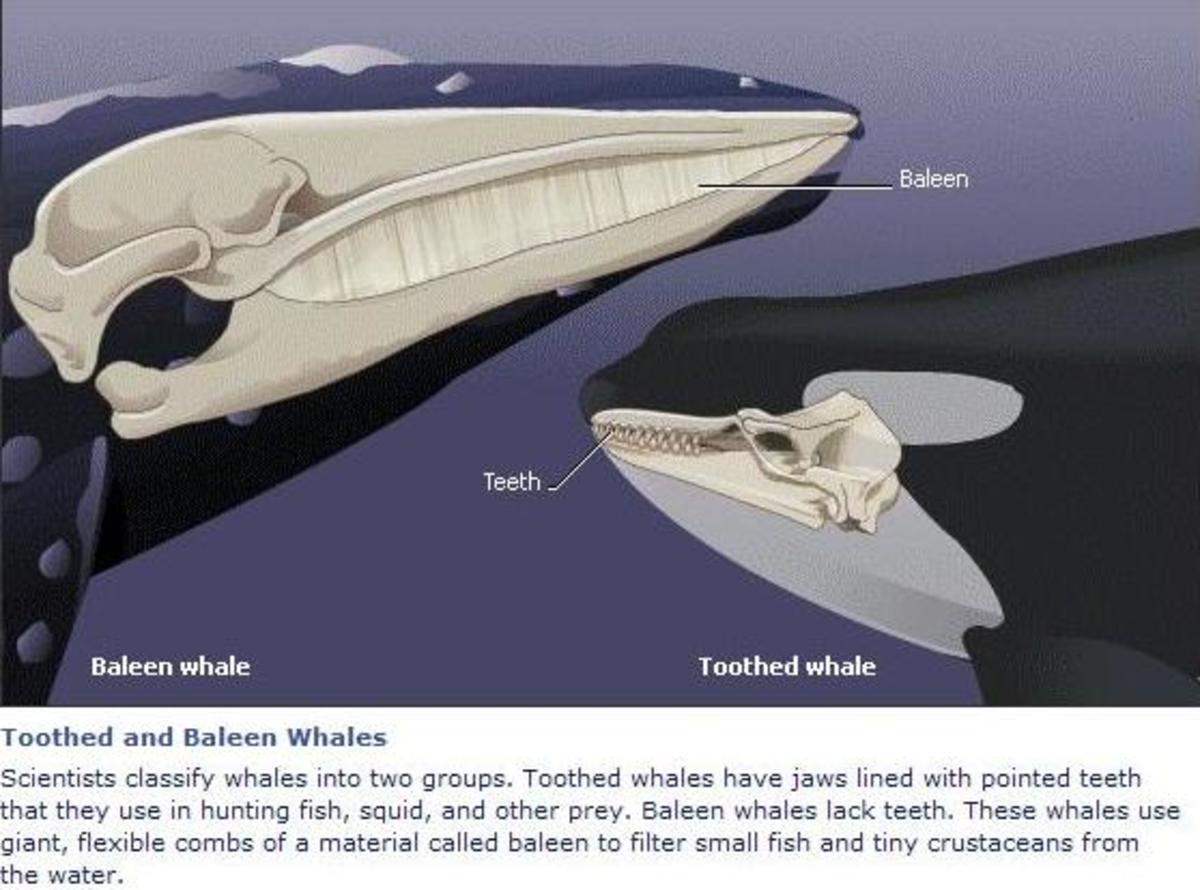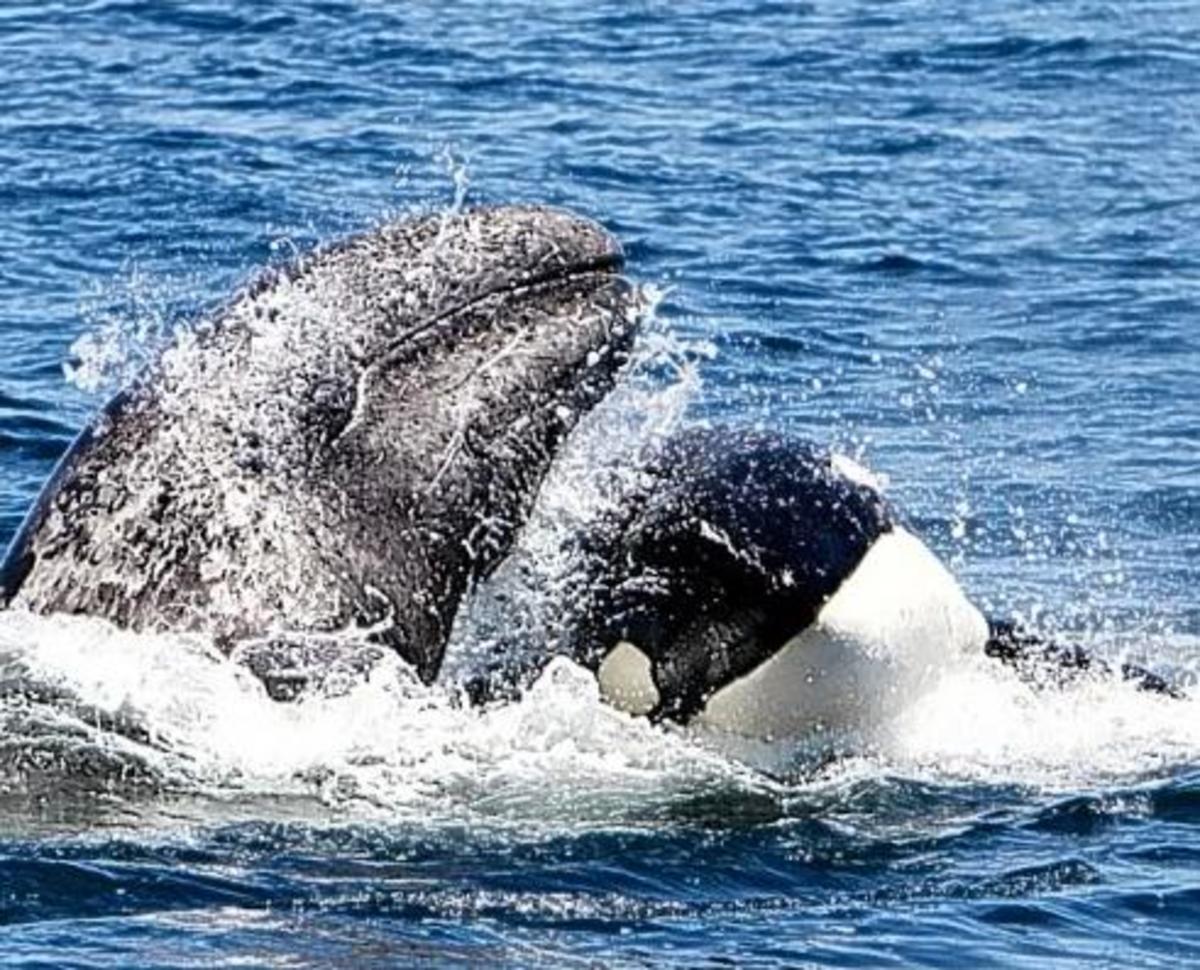- HubPages»
- Education and Science»
- Life Sciences»
- Marine Biology»
- Marine Life
The Spellbinding Nautilus Pompilius
Nature's Perfect Creation
Click thumbnail to view full-size



The Wondrous Living Fossil
One of the most fascinating creatures in the ocean is undoubtedly the “Chambered Nautilus,” a Cephalopod, in the family, Nautiladea, which has captured the imagination of scientists, mathematicians, poets, writers and musicians for thousands of years - as well as yours and mine.
You may remember that octopi, etc., are also Cephalopods, and the Nautilus is no different in many ways from the familiar, eight-armed and wily creature of story and legend. The main distinction is this chap lives entirely in a shell and has considerably more arms, or tentacles, as many as 90 in fact!
The wonder of the Nautilus is found inside his house, the large and camouflaged shell where he spends his long days - the creature can live for more than 20 years - exceptional for this family.
The 30 or so “camerae,” (chambers) of the adult shell form a perfect “logarithmic spiral,” from the tiniest at his birth from an egg, to the largest where he now lives. He seals each chamber behind him, leaving a narrow tunnel to his previous “rooms,” so that he can pump water in or out, using the whole shell as a flotation chamber.
There are about 7 other Nautilus in the oceans, but the Pompilius is by far the largest - up to 10” in diameter - and the one that has attracted all the attention, (size does count!). During their long history, evolution did flirt with huge Nautilus, up to 8-feet wide! But they were left behind in the fossil record while “junior” was natural selection’s pick.
The Nautilus are also called “living fossils” due to the great length of time from their beginnings in the in the Cambrian and Ordovician, 500 million years ago, from where they have hardly changed in the last 400 million years!! Heck, why would they? Efficient predators that can eat anything small enough to grab and tear up with their tough “beaks;” a rugged house that grows as they do and they can shut themselves in with a leathery “door?” and…no rent! Four-fifths of the worlds surface their playground? No reason to change any more, they are one of evolution’s outstanding success stories.
Another fact that has determined the continued existence of the creature is its ability to live quite deep under the surface. It commonly lives at around 200 to 400 feet, which puts it out of reach for casual fishermen and most scuba-divers, but the shell has been tested at depths of nearly 2,500 feet before the structure imploded! At 3000 feet depth, the pressure is 90 atmospheres, or about 1500 pounds per square inch! Imagine, then, the nightmare squeeze in this stygean darkness! Indeed, even the Nautilus could not live and function at these depths, as scientists proved; it would be crushed, but what strength is inherent in this shell! Which is why submarine vessels have been named “Nautilus,” in the creature‘s honour.
Unlike his brother octopi and squid, the tentacles of the Nautilus don’t have suckers nor teeth, but hardened ridges which they use for grasping their prey. They have large eyes like octopi which are visible when the creature is feeding, but they really don’t see very well, and rely a lot on their sense of smell. As they expend a lot of energy moving their large, clumsy house around and catching swift moving prey, they generally eat but once per month. How about the “Nautilus Diet,” someone? How compelling, to live and love without having to worry about Tesco’s draconian bills all the time, and at the end, eat a whole roasted steer!
The inside of the Nautilus’ shell is as wondrous as the outside: lined with a pearly opalescence and washed daily by the sea as the creature changes levels; the beautiful, hard substance has been sought to make valuable objects for centuries. Surely, only the Nautilus’ deep water territory has saved it from becoming extinct many times over as small manufacturers clamour for its shell, as well as collectors who must have one or more. This might not last, however; “CITES” does not protect them, and countries are only beginning to realise their precarious position in a world quickly devouring all its resources: animal and mineral. Indonesia has banned the taking of the creature for more than 20 years, but these bans mean little if they cannot be enforced (witness the tiger and the whales). What a tragedy if this incredible survivor of 500 million years should disappear in a few more decades.
Especially is its demise was occasioned by a malignant, insensitive ape which has only been here five minutes in geographical time.


